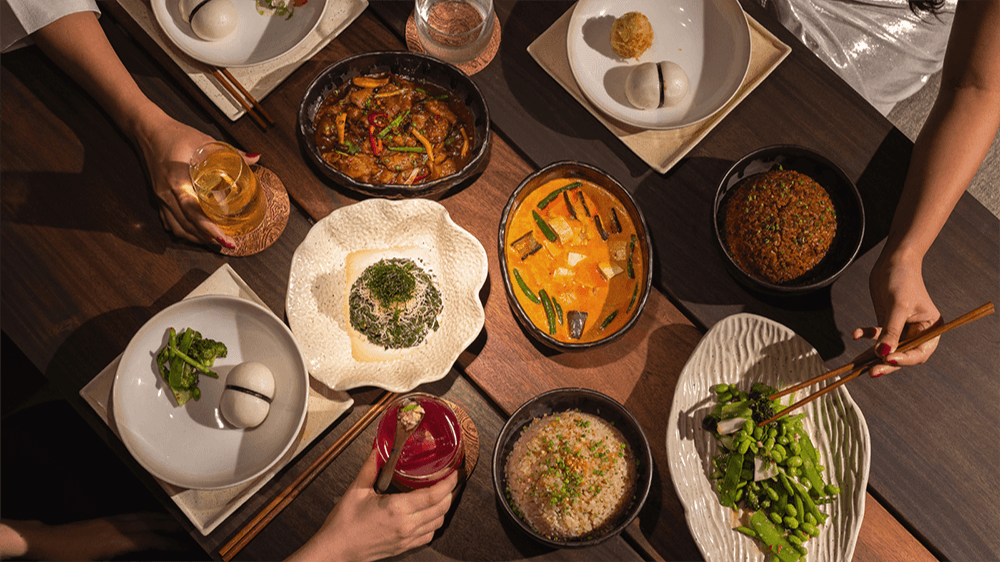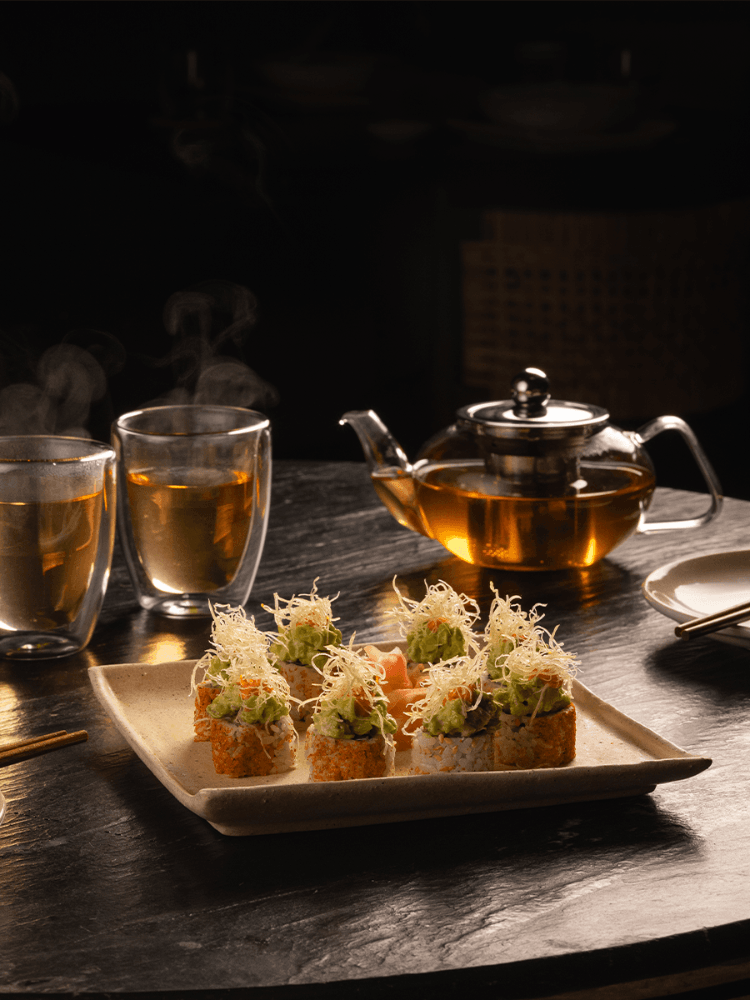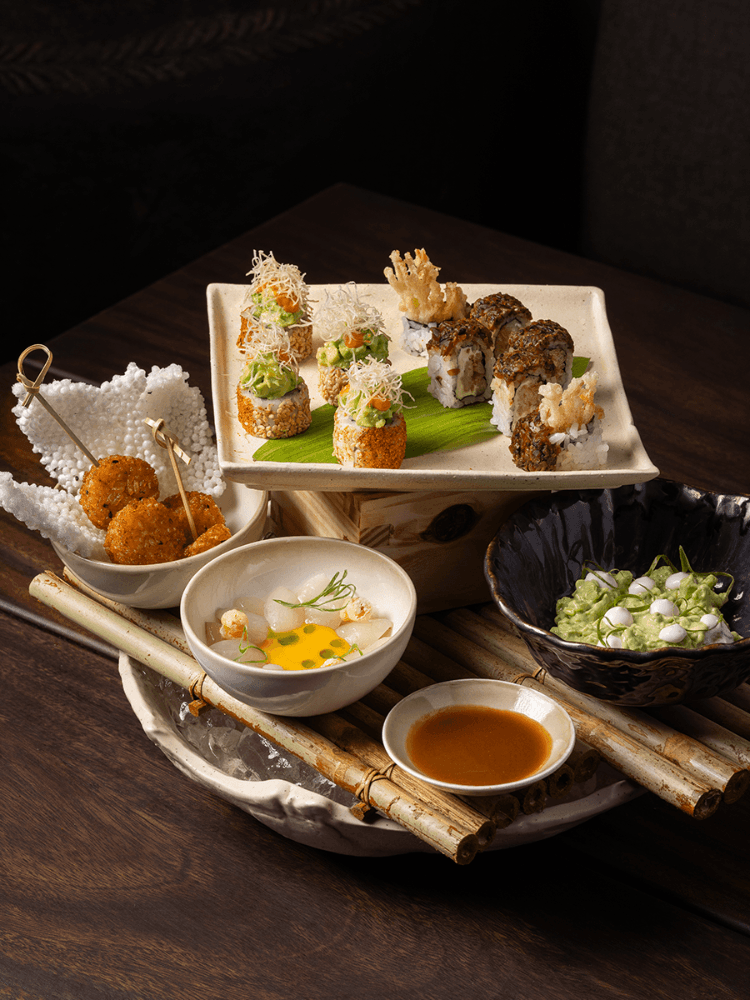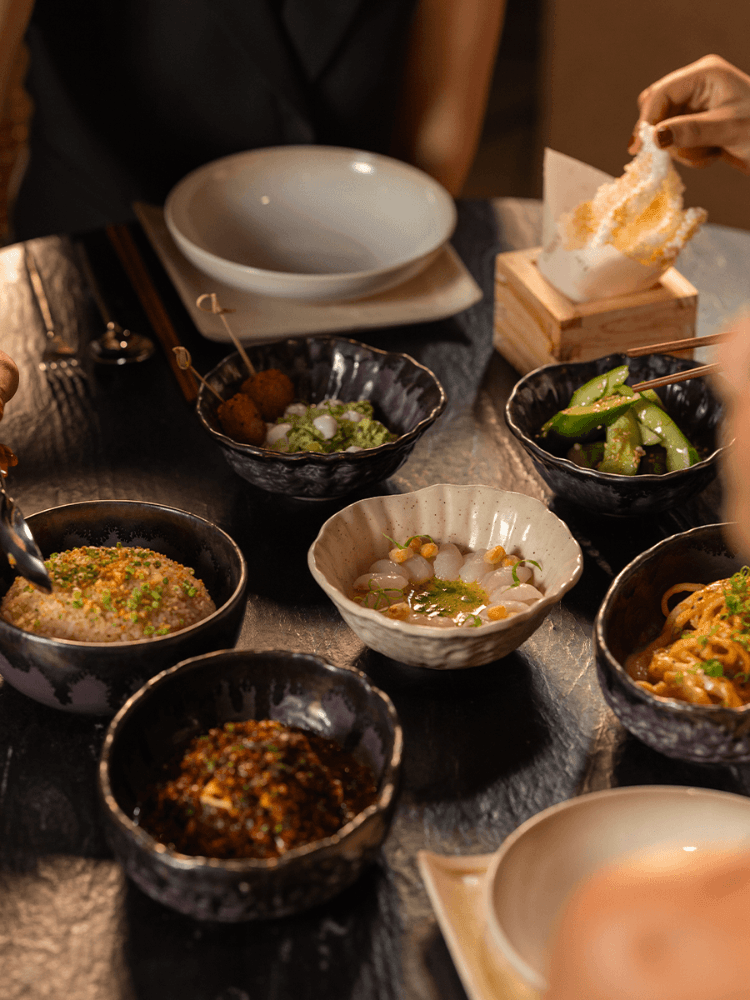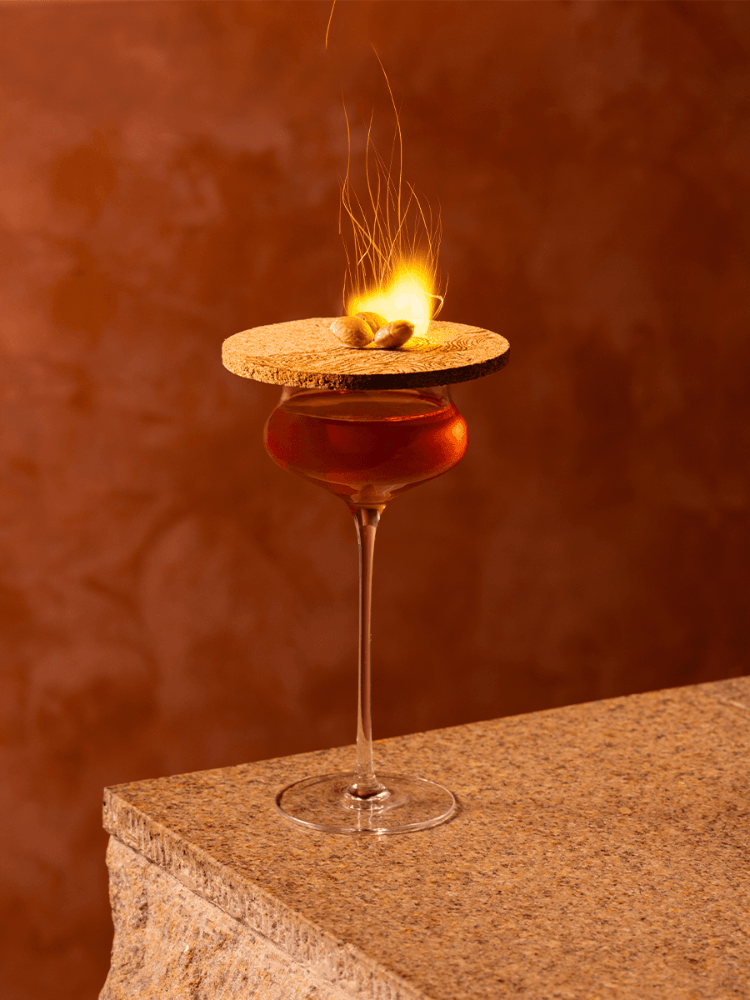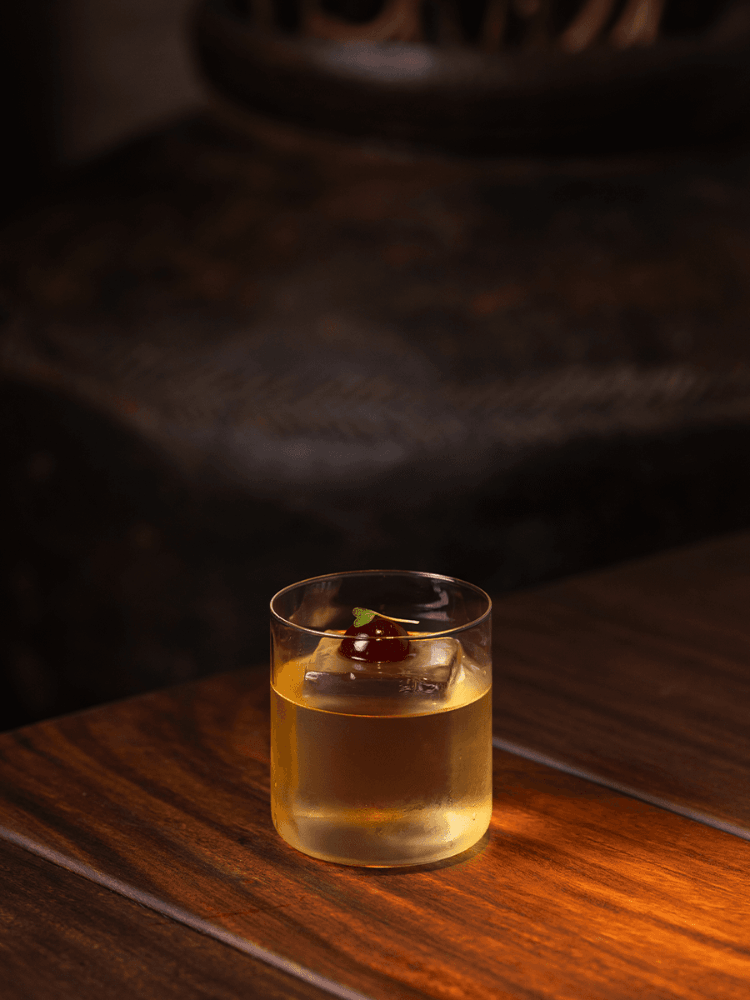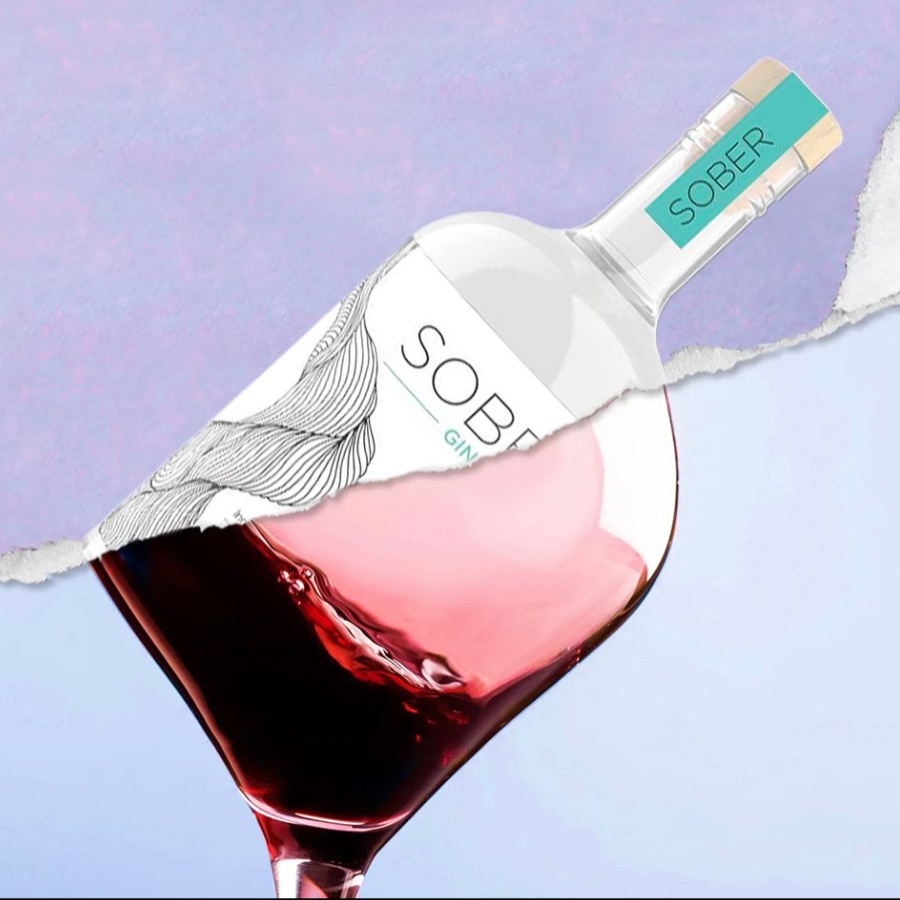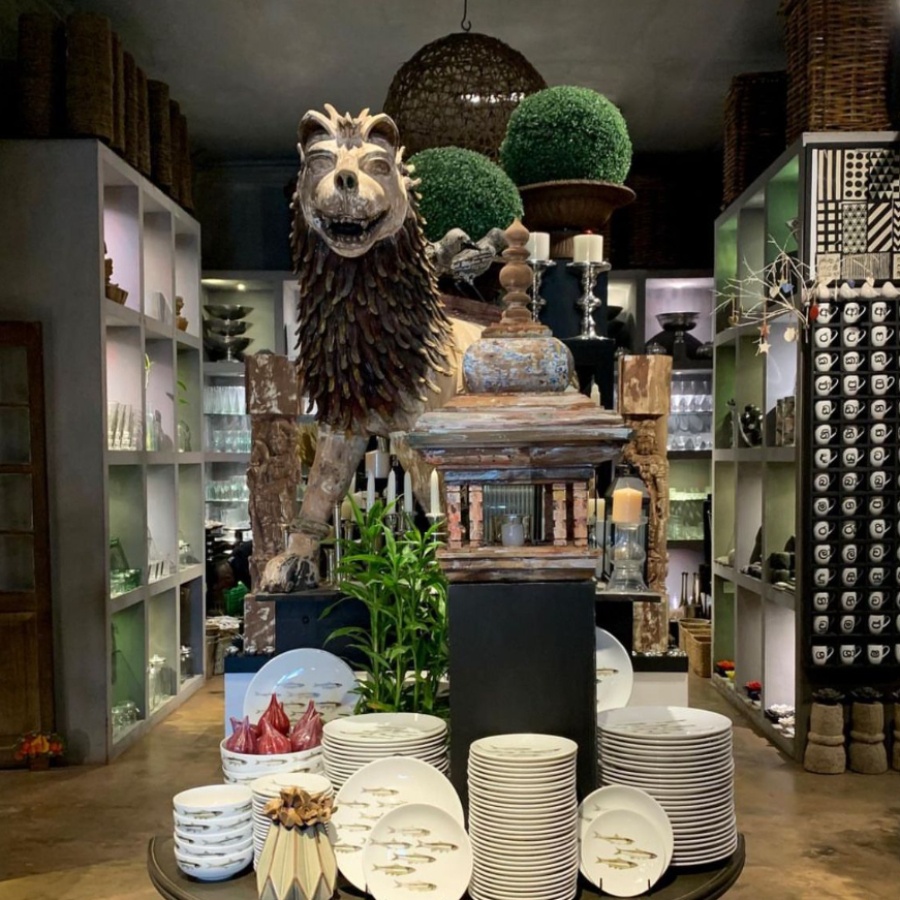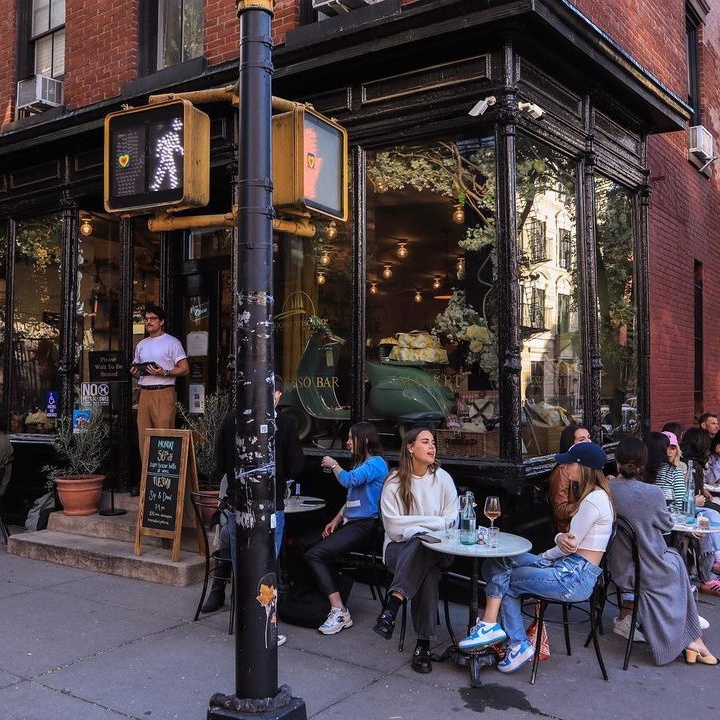Each city has its specific little obsessions—chaat and momos for Delhi, vada pav, pav bhaji, and other pav adjacents for Mumbai, masala dosa for Bengaluru, kathis and jhal muri for Kolkata, Biryani for Hyderabad...but from the beginning of modern times in India, when people used to go out for a ‘fancy’ meal, the preference was overwhelmingly pan-Asian cuisine.
It’s 2024, and this hasn’t changed. Even after a pandemic, the shutdown and resurgence of many brick-and-mortar restaurants, and the ebb and flow of cloud kitchens, pan-Asian continues to rule the roost (though the uptick in Italian makes it a close contest) in Delhi. The capital holds onto its favourites—gyoza and cocktails at Ping’s, Peking duck at China Kitchen, sushi with a banging DJ at Whisky Samba—even as new places pop up and go out of business like a game of Whack-a-Mole.
So it’s with an understandable, educated wariness that I walked into Kaméi, New Delhi’s newest pan-Asian offering—but ended up discovering a new favourite. The place is rife with thoughtful little nuanced touches—a far cry from the gently racist Chinese restaurants we grew up in, doused in red and gold. The serveware is a modernised edit of traditional Japanese, Thai, and Chinese urns; the staff looks sharp in uniforms with Japanese kimono fold detailing. The bamboo-weave placemats are stained with natural tea dyes. The furniture joinery pays homage to Japanese Nakashima school of woodworking. And finally, the installation that is the centrepiece of the space was made by a bona fide origami artist, Ankon Mitra.
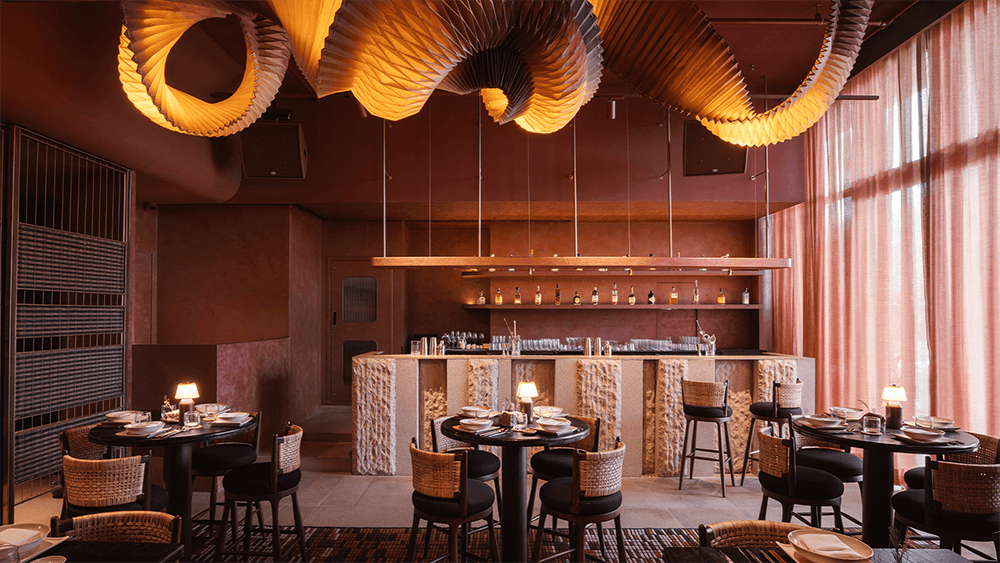
And that’s before we get to the food. I start with the salmon, lime, and pineapple ceviche, which comes out on a bed of crispy corn and tapioca crackers. The flavours are delicate, the salmon amplified by the sour sweetness of the pineapple. A sliced yellowtail hamachi sashimi follows, set off by mango, chilli, and lime, lingering on the tongue well after it has melted onto it. I don’t waste a lot of time on the sushi–a quick spicy tuna to give the section a fair shake–and it is, as I expect, competent. But there are other things I am more curious about; the brown butter lobster dim sum, for instance (which disappears in your mouth far too quickly), and the tuna nori taco (crispy baby shells with a Hokkaido salsa that really pops). I want to focus on the things that I haven’t seen at other pan-Asian places. But I do try the chef’s takes on a couple of classics, and both the roast pork belly (tossed in Thai coriander relish) and the bulgogi (steeped in ssamjang and scallions) are memorable.
As a thoroughbred dessert girl, this course is not an afterthought to me. But pan-Asian desserts in Delhi are usually limited and uninspiring, so I don’t expect much. But I’m proved wrong by the distinct flavours of the Japanese sesame crème brûlée, with a light-as-air sesame tuile, and the soft sweetness of the honeycomb (a Malaysian honeycomb sponge cake with a whisky caramel sauce). “You know, the kitchen and the bar are so competitive; they each make their own sesame tuile!” Vanshika Wadhwa, co-founder of Kaméi, mentions as she spoons that gorgeous honeycomb cake with me. “Who does it better?” I ask. She winks and tells me her answer, which will stay undisclosed lest we start a civil war.
